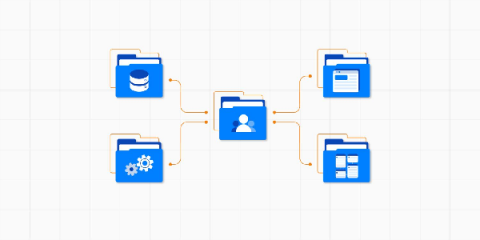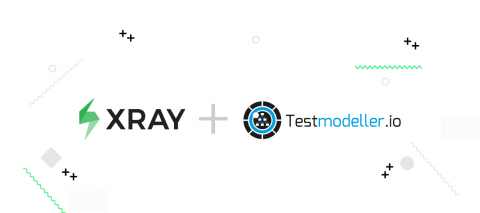Systems | Development | Analytics | API | Testing
Blog
Five Things I've Learned From Building Analytics Stacks at J.P. Morgan and Fivetran
A short guide to data management best practices for both large enterprises and fast-growing startups.
Generate and track in-sprint tests with Xray and Test Modeller
As complex applications change faster than ever, testers must create, prioritize and maintain tests with greater speed and velocity than ever before. In-sprint testing cannot rely on slow and manual test case creation, and maintaining repetitive scripts manually becomes impossible in short iterations. Testing requires an automated and systematic approach to test creation so you can reliably update tests based on the latest changes.
Kong Konnect Plus: Accessible Connectivity for All
Today, we are thrilled to announce that we have expanded open access to Kong Konnect, the world’s only cloud native, full lifecycle service connectivity platform, for everybody anywhere in the world, thanks to a new plan called Konnect Plus! Available today with a free 30-day trial.
Cycle Time: The Most Important Metric that Helps You Nip Problems in the Bud
The art of management is to act at the right moment. Good leaders allow team members to be autonomous when things are going in the right direction. In the same time, they are swift in fixing up issues when it was a minor problem, thus avert a crisis later on in time. Knowing the right time act is not easy. This ability used to come from years of experience through trials and errors. With modern source control tools (e.g.
Replay Single Transactions for Root Cause Analysis
Speedscale was built primarily to provide engineering teams with better insight into their applications over time, replaying single transactions for root cause analysis that give developers and SREs confidence that tomorrow’s application code will work just as well in production as it did yesterday.
The Five Types of Data Integration
Data integration is crucial in today’s business world. Business data comes via many sources, from internal databases to clicks on a website. Being able to access all your data in one place helps your business make better, faster decisions. But how do you integrate all your data, and what’s the best way to do it? Here we discuss five data integration methods, how they work and why businesses continue to choose them.









